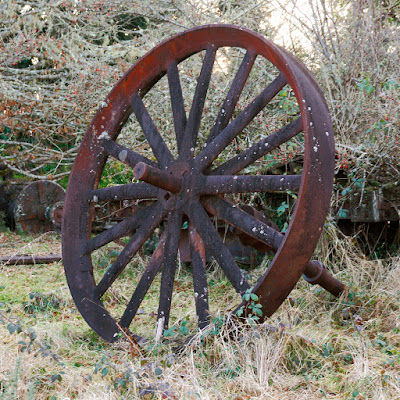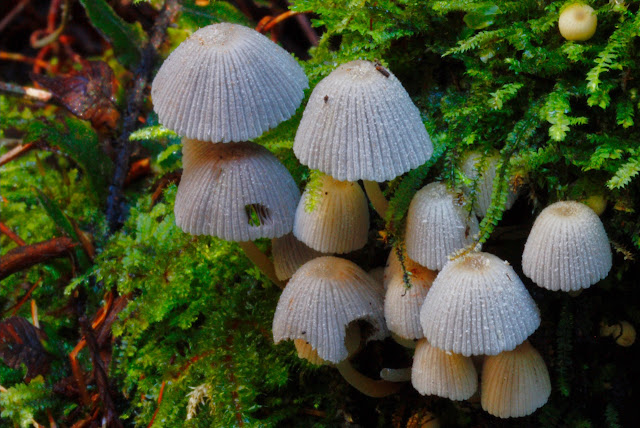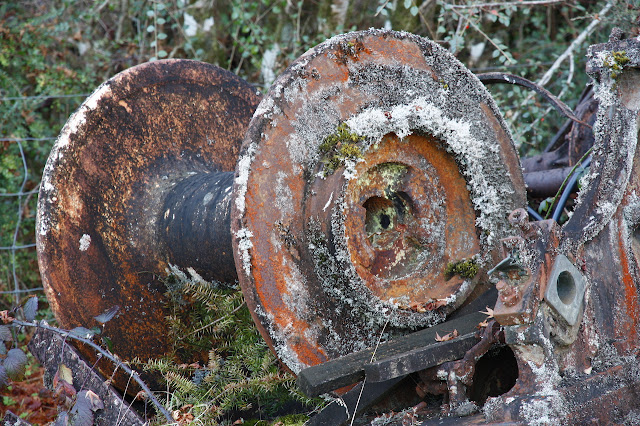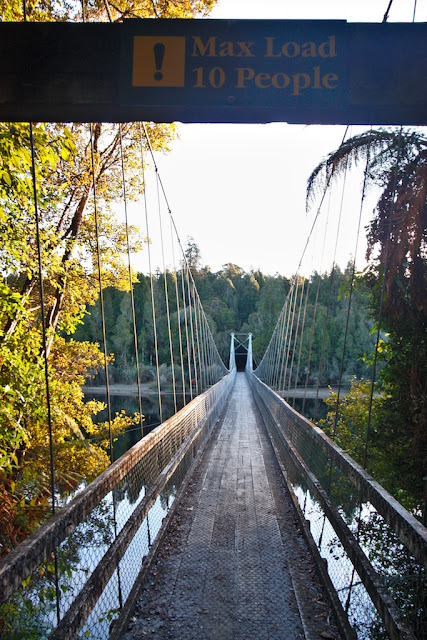This is the second blog of our weekend at Lake Brunner with Focus Aorangi, the photographic club based in Timaru. Part 1 covers mainly lake and river scenes.
Between Moana and Stillwater is a road that leads down to the Arnold Power Station, (Stratford Rd) where a bush walk sets off to a view point overlooking the dam.
Between Moana and Stillwater is a road that leads down to the Arnold Power Station, (Stratford Rd) where a bush walk sets off to a view point overlooking the dam.
 |
| Arnold Dam |
Along the way are some wonderful ferns, lichens and fungi. As I am no botanist, I have no idea of what species the following are but the photos are quite nice.
Around the other side of Lake Brunner at Mitchells there is a relatively easy walk up to the Carew Falls. Along the way there are lots of berries and fungi to stop and admire.
 |
| Carew Falls with a one metre granite boulder waiting to tumble down the river after a significant flood. |
There is some interesting geology here in the above photo. If you look carefully above the boulder in the foreground, at 1 o'clock there is a grey streak of rock amongst the lighter coloured material. The grey rock is basement greywacke (sedimentary) which is older than the light coloured granite (plutonic igneous). Large intrusions of granite occurred along the western edge of the Alpine Fault, a classic example of such events.
The bush here contained large quantities of berries but I didn't see any birds feeding own them.
 |
| This fungal group was tucked away in the shade but with a tripod and tele- zoom lens it was a popular subject to photograph. |
 |
| On the end of a fallen log, this fungus is contributing to its slow decomposition. |
On the way back from Mitchells and just outside Moana, opposite the old railway engine shed is a paddock of old mining gear slowly rusting away.
 |
| Locked gate barring entry. |
As we did not have the unknown owner's permission, I could only get a few photos from the fence line.
 |
| Part of a very old railway wagon was the start of a few wagon overgrown here. |
 |
| Old winch parts |
 |
| One can only guess what this was used for. Its survival is testament to the quality of steel manufactured in bygone times. |
That concludes my selection of photographs from our weekend based at Lake Brunner for our annual, mainly photographic trip. Previous Focus Aorangi trips were to Mesopotamia and Moeraki.
We were in no hurry to get back home so spent a few days at Hanmer Springs with a side trip to Waiuta on the way.
We were in no hurry to get back home so spent a few days at Hanmer Springs with a side trip to Waiuta on the way.

































